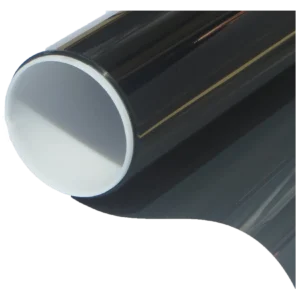These related attributes capture how a product performs with respect to signals — whether it’s a measured rating for shielding effectiveness, an evaluated behavior in certain signal conditions, or a note about special protections like silver-backed windows or treatments. A signal rating can be expressed in dB attenuation, percentage reduction, or tested performance across frequencies; it tells you how much a product can reduce exposure or block transmissions.
Signal evaluation often includes context: the frequencies used for tests, test setup (e.g., indoor vs. outdoor, distance to source), and any limitations. For shielding products, a high dB rating at relevant frequency bands indicates strong attenuation; for practical use, that translates into room-level reduction of RF that can help lower indoor field levels. “Silver window” or conductive window treatments describe products or kits intended to shield through glazed areas, where standard fabrics cannot be applied.
We present signal information so customers understand expected effectiveness and real-world implications. Rather than raw lab numbers alone, these descriptions explain what the rating means for everyday use: how much signal reduction you might expect, which frequencies are impacted, and whether the solution is best for spot-protection (a window or device) or whole-room shielding. This helps you pick a product that meets your practical goals: measurement clarity, reduced exposure in a specific area, or robust room-scale shielding.
Showing the single result

Notifications